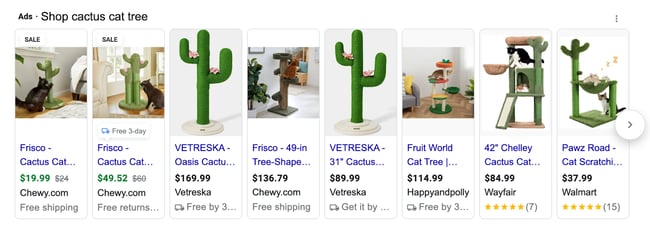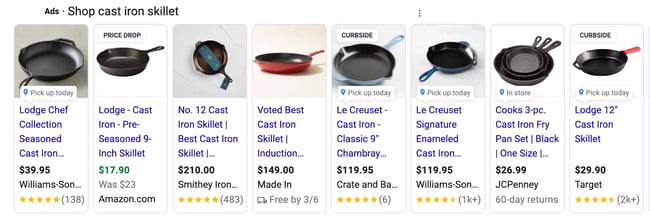Company values help you direct every person on your team toward a common goal. They remind you that you share a bigger purpose.
Businesses often look to each other to figure out how to refine their values, habits, and ideas into a set of values. To keep growing, companies need something their teams can get behind and understand.

This search has led many people to HubSpot’s culture code — and the original 2013 deck has almost 6 million views online.
In this post, we’ll explore why company values are important. We’ll show you how to create your core values and serve up some industry favorites for inspiration. And we’ll talk about how HubSpot created our culture code and work to grow better.
Keeping these common values top of mind will help you make business decisions that are in line with your core principles and stay true to the company vision.
Why are company values important?
Core company values give employees purpose. Purpose is undeniably critical for employee satisfaction. In fact, a McKinsey & Company survey of employees found 70% of employees said their sense of purpose was largely defined by work. However, that number drops significantly to 15% when non-executive participants were asked if they are living their purpose at work.
This is why it’s important your core values are embraced at every level, not just by the executive team. Purpose doesn’t just improve employee satisfaction — it also increases your bottom line and builds trust with customers.
Professor and author Ranjay Gulati explains in his book Deep Purpose that “To get purpose right, leaders must fundamentally change not only how they execute it but also how they conceive of and relate to it.” Gulati calls this process deep purpose, which furthers an organization’s reason for being in a more intense, thoughtful, and comprehensive way.
Ultimately, core values are critical if you want to create a long-lasting, successful, and motivating place to work.
Whether you work for a new company in need of core-value inspiration, or an older company in need of a value revamp, you’re in luck — below, we’ve cultivated a list of some of the best company values. Additionally, we’ll examine how some companies truly honor their values.
Elements of Company Core Values
1. Clear and Concise
It is essential to keep your company values clear so that they can be understood and embraced by employees, regardless of their level or position in the company.
Your company values should ensure that employees know what to expect and effectively communicate what’s important to the organization.
2. Brief and Memorable
Don’t over explain your company values — keep them brief, instead. Having bite-sized values will make them easier to remember, making it more likely that they will be internalized and adopted as part of your company culture.
Plus, having short and catchy values can help create a distinctive brand identity, giving your company a competitive advantage. It will be easier to differentiate your company from others in the market when the values are memorable and unique.
3. Action-Oriented
Want values that create a significant impact? Make them action-oriented.
Rather than focusing on abstract ideas and concepts, establish core values that serve as a guide for how employees should act and behave in their daily work. This will help establish accountability among your employees and empower them to do their best work.
4. Reflective
Your core values establish the foundation of your company’s culture, which is why they must be unique to your company and accurately reflect your mission, vision, beliefs, and objectives.
Keeping your values consistent with your objectives can help create an authentic brand image and foster trust among your customers, partners, and employees. It will also help attract and retain employees who have the same beliefs, resulting in a more cohesive and effective staff.
5. Adaptable
While your core values should always be consistent with your overall mission, don’t be afraid to make adjustments as your company grows. Your company may not look like it did when it first started out, and your original values may not be as relevant or effective as they were then.
For instance, HubSpot has updated its Culture Code over 30 times since its founding.
As your business evolves, regularly obtain feedback from employees and other stakeholders, and re-assess your core values when necessary.
Examples of Companies with Inspiring Core Values
- Build the best product — Our criteria for the best product rests on function, repairability, and, foremost, durability. Among the most direct ways we can limit ecological impacts is with goods that last for generations or can be recycled so the materials in them remain in use. Making the best product matters for saving the planet.
- Cause no unnecessary harm — We know that our business activity—from lighting stores to dyeing shirts—is part of the problem. We work steadily to change our business practices and share what we’ve learned. But we recognize that this is not enough. We seek not only to do less harm, but more good.
- Use business to protect nature — The challenges we face as a society require leadership. Once we identify a problem, we act. We embrace risk and act to protect and restore the stability, integrity and beauty of the web of life.
- Not bound by convention — Our success—and much of the fun—lies in developing new ways to do things.
For Patagonia, company values aren’t just a few feel-good statements to put on the “About Us” page. When founder Yvon Chouinard’s first venture, Chouinard Equipment, found that their pitons were damaging natural rock, they developed an environmentally-friendly alternative — aluminum chocks.
This bold act was the first of many, including offering on-site childcare, creating the Tools for Grassroots Activists conference, and Patagonia Action Works. The most recent is the news that Chouinard is shifting his family’s ownership of the company to a trust that will support future operations. This $3 billion decision also has the potential to contribute about $100 million a year to climate change research.
“While we’re doing our best to address the environmental crisis, it’s not enough. We needed to find a way to put more money into fighting the crisis while keeping the company’s values intact…
Truth be told, there were no good options available. So, we created our own.”
This move is a clear reflection of the company’s core values above.
- Focus on the user and all else will follow.
- It’s best to do one thing really, really well.
- Fast is better than slow.
- Democracy on the web works.
- You don’t need to be at your desk to need an answer.
- You can make money without doing evil.
- There’s always more information out there.
- The need for information crosses all borders.
- You can be serious without a suit.
- Great just isn’t good enough.
On Google’s philosophy page, they don’t just list their core values — they also provide examples.
For instance, consider their value, “You can make money without doing evil.” While many companies likely tout the benefits of integrity, Google references strategic efforts it has made to avoid “evil” business, including — “We don’t allow ads to be displayed on our results pages unless they are relevant where they are shown … We don’t accept pop–up advertising, which interferes with your ability to see the content you’ve requested … [and] Advertising on Google is always clearly identified as a ‘Sponsored Link,’ so it does not compromise the integrity of our search results.”
Fulfilling values like “don’t be evil” can be complicated. As Google grows and develops more products, there is more tension and scrutiny. Ultimately, a core value doesn’t have much power if your company can’t list intentional, calculated decisions it’s made to put values ahead of profit.
- People are at the center of everything we do, from our employees to those who touch our business to the communities we call home.
- Each one of us can make a big difference for a better shared future.
- We value diversity, equity and inclusion — 700,000+ people around the world work at Coca-Cola and our bottling partners. We champion diversity by building a workforce as diverse as the consumers we serve. Because the more perspectives we have, the better decisions we make.
- We value equality — Empowering people’s access to equal opportunities, no matter who they are or where they’re from. Our company has signed several gender diversity pledges and is working towards an even split of women and men in leadership roles.
- We value human and workplace rights — For 130+ years, we have built a reputation on trust and respect – everywhere we do business.
- We commit to supplier diversity — Our commitment is to spend $1 billion with diverse partners. We are more than doubling our spending with Black-owned enterprises across our U.S. supply chain—by at least $500 million—over the next five years.
Coca-Cola demonstrates its diversity core value with its public Diversity, Equity, and Inclusion page. It lists the company’s diversity-related efforts, such as, “It’s our ambition by 2030 to have women hold 50% of senior leadership roles at the company and in the U.S. to have race and ethnicity representation reflect national census data at all levels.”
Additionally, Coca-Cola’s Sustainability page exemplifies its commitment to climate, as well. This page includes charts and statistics about water usage, recycling, and more. By acknowledging both its efforts and its shortcomings, Coca-Cola is able to show its desire to live up to its values, while taking responsibility for any mismatch between its ideals and reality.
- We Sell the Highest Quality Natural and Organic Foods
- We satisfy and delight our customers
- We promote team member growth and happiness
- We practice win-win partnerships with our suppliers
- We create profits and prosperity
- We Care About our Community and the Environment
Underneath each of its values on its core value page, Whole Foods provides a link, such as, “Learn more about how we care about our communities and the environment.”
Ultimately, their page demonstrates their ability to walk the walk. For instance, to exemplify their commitment to local communities, Whole Foods created a Local Producer Loan Program, which provides up to $26 million in low-interest loans to independent local farmers and food artisans.
Additionally, Whole Foods provides a list of environmentally-friendly efforts they’ve practiced since 1980, including “Printing and packaging using recycled paper and water- or vegetable-based, composting to decrease landfill waste, and no single-use plastic bags at checkout since 2008”.
Amazon’s acquisition of the grocery chain in 2017 caused some loyal shoppers to question the authenticity of the brand. But they brought in a new CEO in 2022 who wants to more deeply connect to the core values of Whole Foods. And a 30% increase in local brands and double the number of banned food ingredients in stores show that the company is still focused on its core values.
If you’ve ever been to Whole Foods, you know they’re serious about their efforts to reduce waste and help the local community. In fact, it’s part of the reason so many customers are brand loyalists — because they support those efforts, too.
- We strive to make sure that all hu(e)mans feel seen and heard.
- We believe that everybody deserves to find their perfect hue. — The diverse world we live in needs products that account for all skin tones and body types. Every hu(e)man deserves a choice. Our company is pioneering the change we want to see in retail by providing an unmatched level of choices, regardless of hue!
- We believe in eliminating the “other.” — Gone are the days of “sun tan” and “beige” being the only options for nude. No one should have to dye or customize their hosiery and intimates. Through our 12 inclusive shades, we are committed to making undergarments that look good, feel good, and are the perfect hue for you!
- Because we all deserve to be center stage. — Here at Nude Barre, we are on a mission to reclaim and revolutionize nude. We provide people who have been historically overlooked and underrepresented with resilient and comfortable bodywear that becomes one with your skin. Our 12 unique shades close the representational gap and elevate all hu(e)mans. Because if we don’t, who will?
Nude Barre founder Erin Carpenter used her experience as a professional dancer as a starting point for her product.
“I would spend hours dyeing my tights and ‘pancaking’ my shoes [applying pancake foundation to shoes with a sponge to mattify and change their color], and had many friends and colleagues who were doing the same to meet the industry’s requirement of nude undergarments.”
These frustrations didn’t just lead her to solve a problem that she struggled with for years. They helped her create a set of company values that emphasize empathy, access, representation, and awareness.
This clear story and set of values have led to over $1.5 million in funding to continue to grow her business.
- Embody a service mindset. — Never stop advocating for the needs of others.
- Dream big, then make it real. — Be ambitious. Show and do is greater than tell and talk.
- Be proud of the how. — Ensure deep integrity in everything you do.
- Embrace an ownership mentality. — Take initiative to leave things better than you found them.
- Debate then commit. — Share openly, question respectfully, and once a decision is made, commit fully.
- Build with humility. — Put collective success before individual achievements.
This popular payroll app supports 200,000+ businesses in the United States. Gusto doesn’t just talk about supporting the needs of employees and customers. Leaders at this company make it happen with radical transparency.
For example, Gusto’s chief security officer recently wrote for Fast Company about transparency. His article talks about why he shares every performance review with each of Gusto’s 2000 employees.
“Many organizations espouse transparency as a core value, but it typically doesn’t extend to performance reviews. While leaders are often privy to our teams’ reviews, it’s rarely a two-way street. The result is that for many people, it’s uncomfortable to give and receive constructive feedback at work.
When I first shared my review, the Google Doc…broke because hundreds of people—nearly 30% of our workforce—tried to read it that same day. Similarly, almost 40% of employees read our co-founder and CTO’s review the day he first shared it.”
This simple approach to company values shows their team how their leaders hold each other accountable, and that “it’s okay to fall short sometimes as long as we commit to growth.”
- WE DELIVER FOR OUR CUSTOMERS — We’re driven by our commitment to deliver exceptional products, services and experiences to our customers. We value our strong customer relationships, and are defined by how well we take care of them.
- WE RESPECT PEOPLE — We are a diverse and inclusive company, and serve diverse customers. We believe we are a better company when each of us feels included, valued, and able to trust colleagues who respect each of us for who we are and what we contribute to our collective success.
- WE CARE ABOUT OUR COMMUNITIES — We aim to make a difference in the communities where we work and live. Our commitment to corporate social responsibility makes an impact by strengthening our connections.
- WE MAKE IT GREAT — We deliver an unparalleled standard of excellence in everything we do, staying focused on the biggest opportunities to be meaningful to our customers. From our innovative products to our world-class customer service, our customers expect the best —and our teams are proud to deliver it.
- WE NEED DIFFERENT VIEWS — By being open to different ideas from our colleagues, customers and the world around us, we will find more ways to win.
- WE DO WHAT’S RIGHT — Customers choose us because they trust our brand and people. We earn that trust by ensuring everything we do is reliable, consistent, and with the highest level of integrity.
- WE WIN AS A TEAM — We view each other as colleagues – part of the same team, striving to deliver the brand promise to our customers and each other every day. Individual performance is essential and valued; but never at the expense of the team.
American Express doesn’t just hit the bare minimum when it comes to polite, helpful customer service. They go above and beyond to solve for their customers, even when there’s no protocol in place.
For instance, Raymond Joabar, the Executive Vice President at American Express, told this story in a Forbes interview: “One time, a hotel café manager [an Amex merchant] alerted my team that he had accidentally sold a display cake with harmful chemicals and needed to find the customers before they ate it. Obviously, there’s no procedure for that, but our team took ownership of the problem. They gathered all the information they could from the record of charge, identified 21 Card Members who used their cards at the café during that time frame, reviewed the accounts to find the right match, and then called the Card Member in time before they served the cake at an anniversary party.”
“The important point here,” Joabar noted, “other than that everybody ended up safe and sound — is that there isn’t a script for every situation, so we empower our care professionals to do what’s right for the customer. And we recognize what they do with this empowerment as well. We give awards to employees who go above and beyond to help customers and we share their stories across the company.”
This anecdote exemplifies American Express employees’ commitment to their customers even when it’s not easy, and demonstrates the company’s dedication to living by its values.
At Recreational Equipment, Inc. (REI) we believe a life outdoors is a life well-lived!
We believe that it’s in the wild, untamed and natural places that we find our best selves, so our purpose is to awaken a lifelong love of the outdoors, for all.
Since 1938, we have been your local outdoor co-op, working to help you experience the transformational power of nature. We bring you top-quality gear and apparel, expert advice, rental equipment, inspiring stories of life outside and outdoor experiences to enjoy alone or share with your friends and family. And because we have no shareholders, with every purchase you make with REI, you are choosing to steward the outdoors, support sustainable business and help the fight for life outside.
So whether you’re new to the outdoors or a seasoned pro, we hope you’ll join us.
Recreational equipment co-op REI has remained true to its values since its founding in 1938. The co-op model allows them to invest a significant portion of profits back into their community through employee profit sharing and donations to nonprofits dedicated to the outdoors.
Since 2015, all REI stores close on Black Friday — perhaps the biggest shopping day of the year — so employees can enjoy time outdoors with friends and family.
The company states “We give all our employees a day off to #OptOutside with family and friends on the busiest retail day of the year. We continue this tradition because we believe in putting purpose before profits.”
But some employees feel that the company could do more to meet the expectations set by its ambitious value statement. They’re not the only people that feel this way about an employer. A 2022 Gartner survey says that 50% of employees have changed their employer expectations since the pandemic.
It’s no longer enough to have a clear set of company values, companies must show action toward those stated goals. According to a 2021 McKinsey report, only 30% of consumers want to hear a brand’s stance on societal issues. At the same time, 61% want to see companies take action on those issues.
Company values are more than a page on the website. They need to be a plan for what your company stands for over time. Let’s talk about how you can create authentic company values for your business.
How to Implement Core Values
Now that you’ve seen what core values look like at other companies, you may be wondering how to create and implement your own. While defining your core values may be a hefty task, there are a few simple steps that will help you develop and iterate your own.
1. Check in with your team.
A quick way to get started is to consult your founders or executive team. They’ll often already have a mission statement or vision for the company values.
If not, you may want to set up a few brainstorming sessions with your team. Company values can also come up as your team solves problems together.
As you start your business, jot down ideas as they come up, and keep them somewhere that’s easy to find. This way you have an easy place to go for inspiration when you draw a blank or get stuck.
Once you have that framework, you can work on fleshing out your organization’s core values.
If you’re having a hard time getting started, this company culture code template can help.
How HubSpot completed this step: HubSpot was operating for three years before co-founder Dharmesh Shah started work on HubSpot’s culture code. He started the project by asking questions and sending surveys to the team.
This took several rounds because one of the common themes was that employees love working at HubSpot because of the people. It took more time and effort to discover why and how that feeling could translate to a set of company values.
2. Solicit feedback.
The level of feedback you need for a project like this isn’t a one-time and done sort of effort. While the responses to a question like “Why do you love working here?” may feel good to hear, they may not be specific or honest enough to build your core values on.
You’ll want to ask tough questions and get into the details. This will help you collect constructive criticism. It will also help you understand the culture your business already has. Building on your existing values is the best way to create a lasting company culture.
It’s also important to key into informal conversations and non-verbal signals. Let your team know what you’re doing and why. Then, practice active listening. It may be tempting to argue or defend your point of view during these conversations. But interrupting in this way could mean that you’ll lose valuable insights.
These are some useful resources for gathering feedback from your team:
How HubSpot completed this step: HubSpot’s core employee values were initially outlined in the acronym HEART:
- Humble
- Effective
- Adaptable
- Remarkable
- Transparent
While getting feedback for HubSpot’s culture code update, co-founder Dharmesh Shah realized that something was a bit off. He found that the acronym was missing one integral part of how HubSpot does business: empathy.
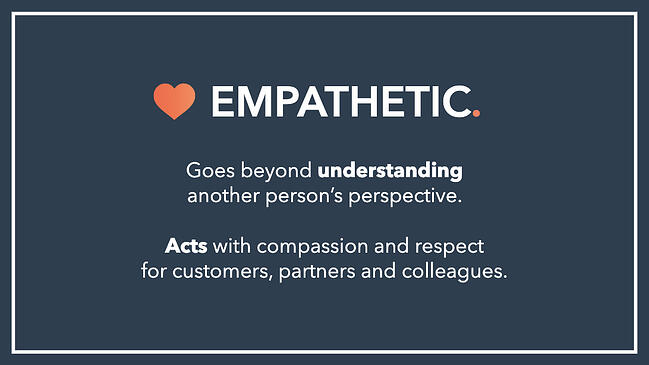
In response, Shah proposed replacing “Effective” with “Empathy” and encouraged employees to submit feedback via an internal wiki page.
3. Implement feedback.
Part of creating a set of company values is ensuring that employees buy into those ideas. So, if collecting feedback is an essential step, the next step has to be putting that feedback into action.
While not every piece of feedback will be useful, it’s important to recognize these contributions. As you review updates from your team, you’ll want to compare these insights and start to look for patterns. Once you have some clear ideas of what you want to add or update, outline your next steps to put these changes into place.
Then, share the plan with your team and thank them for their insights.
How HubSpot completed this step: In HubSpot’s case, the team decided to update our culture code and the HEART acronym changed to Humble, Empathetic, Adaptable, Remarkable, and Transparent.
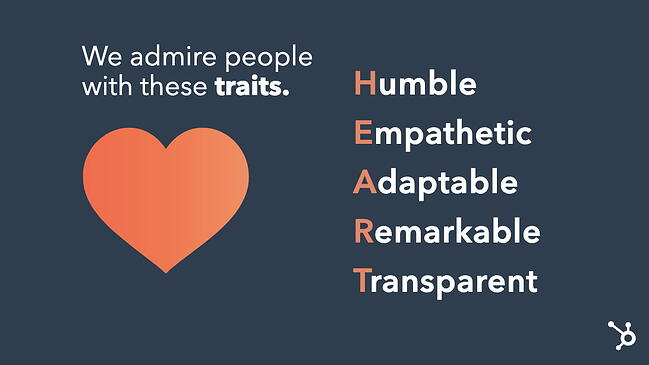
This process took several years of refining. After this change and many rounds of feedback, the culture code was shared globally.
4. Make your core values unique to your brand.
Many industries have catchy phrases or jargon that are central to your business. But those phrases probably aren’t the best way to communicate the unique values of your brand.
Your company values aren’t just a blueprint for what your business does and what your employees believe in. It’s about what separates your team from everything else out there.
You learn from each other and develop tactics and strategies every day. These habits come from a foundation of shared values. So, your goal during this step is to bring those distinct values to light.
This may mean collecting quotes that inspire your team. It could arise from offsite meetings or impromptu conversations.
No matter what your creative process is, to make your company values unique, you’ll want to think about what you want those values to do.
Ask yourself:
- How can my team act on these ideas?
- What will make these ideas easy to remember?
- Do these ideas inspire me to do my best?
- Are these ideas inclusive and relevant for everyone on the team?
- Are they specific enough to guide us when making tough decisions?
As you refine your core values, make sure that they embody the spirit of your business and team.
How HubSpot completed this step: Core values often relate to the problems your business wants to solve and how that relates to your personal values.
For example, in a talk at Stanford University, Dharmesh Shah shared the quote, “Sunlight is the best disinfectant.” He told a story of how he interpreted this Louis Brandeis quote and then explained how it came into conversations that he and co-founder Brian Halligan were having about transparency.
You can hear the full story in the video below:
Company values often use short sentences and declarative phrases. Because of this, it can also be useful to explain how your team interprets a simple phrase within your values. For example, the culture code explains what transparency is and what it isn’t at HubSpot.
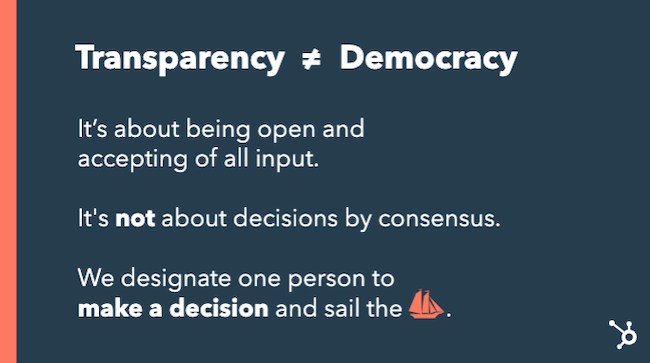
5. Continue to evolve when necessary.
Change is the only constant. Your business will change over time. Societal norms, values, and trends will change too. To keep your company culture in line with the times, you’ll want to revisit your values regularly.
First, spend some time with your core values. These will often stay the same. That said, the way your business applies or interprets these values may have shifted.
Next, add or remove values in line with changes to your culture. Take care to make thoughtful updates and bring in a group of engaged employees to offer early feedback.
Once the group feels satisfied with your updates, share them with the full team for another round of feedback. Staying open throughout the process is important for keeping your team engaged.
Your company values should consistently reflect the core of your business. This means that the way you write and edit them will impact every single person connected to the company.
As you make changes, start with leadership and ask them to model these updated values. Find ways to encourage employees to embrace updated values. And engage as many people as you can to make sure your company’s culture stays top of mind, fresh, and current.
How HubSpot completed this step: As HubSpot continues to grow there are new ideas to consider. For example, the culture code covers concerns about time off, remote work, and more with a simple phrase – use good judgment. Leaders at HubSpot talk constantly about the culture and HEART comes up in both tactical and strategic conversations.
In many ways, the team built HubSpot’s culture code in the same way they create HubSpot’s products — thoughtful updates, regular feedback, and continuous investment.
This slide from the culture code deck emphasizes the importance of updates to company values:
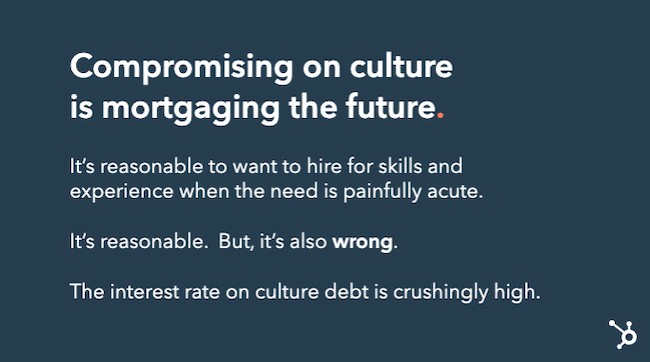
As of this writing, HubSpot’s culture code has seen over 33 revisions. Updates go through a beta testing process that collects both quantitative and qualitative data. And HubSpot employees work with HEART & SOUL.
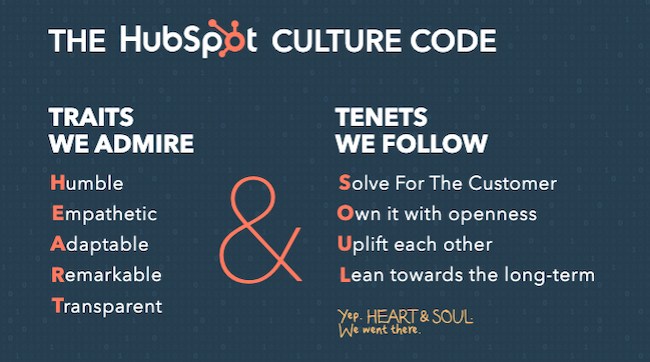
Strong Company Values are Good for Business
Ultimately, good core values can help an audience identify with, and stay loyal to, your brand, rather than flipping between you and competitors. To ensure long-term success and long-term employee retention, it’s critical you create — and live by — certain non-negotiable company values.
Editor’s Note: This article was originally published in November 2020 and has been updated for comprehensiveness.


.jpg?width=514&height=269&name=Copy of Facebook Shared Link - 1200x628 - Percentage Copy - Dark (6).jpg)
.jpg?width=509&height=266&name=Copy of Facebook Shared Link - 1200x628 - Percentage Copy - Light (1).jpg)
![]()

![Free Guide: How to Use AI in Content Marketing [Download Now]](https://i4lead.com/wp-content/uploads/2023/05/3e25e192-30c3-40c1-a7da-a4d054c9e157-17.png)
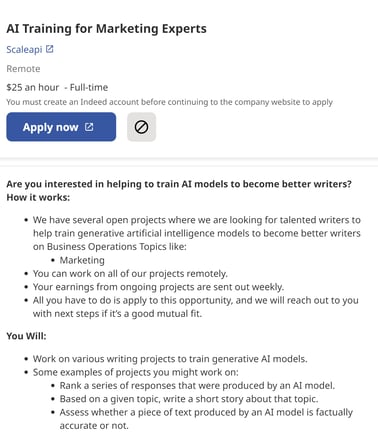
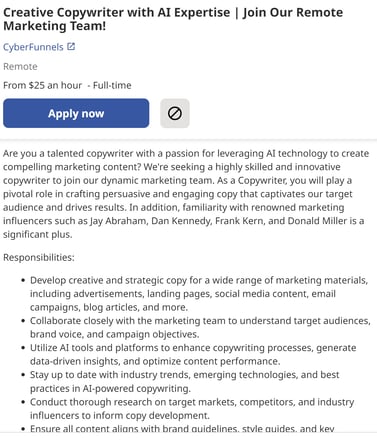
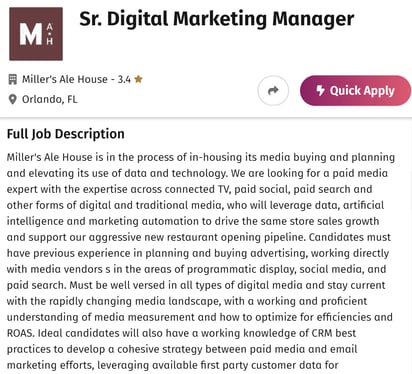

![Download Now: The 2023 State of Social Media Trends [Free Report]](https://i4lead.com/wp-content/uploads/2023/05/3dc1dfd9-2cb4-4498-8c57-19dbb5671820-6.png)

![Free Guide: How to Use AI in Content Marketing [Download Now]](https://i4lead.com/wp-content/uploads/2023/05/3e25e192-30c3-40c1-a7da-a4d054c9e157-16.png)


![Download Now: The 2023 State of Social Media Trends [Free Report]](https://i4lead.com/wp-content/uploads/2023/05/3dc1dfd9-2cb4-4498-8c57-19dbb5671820-5.png)
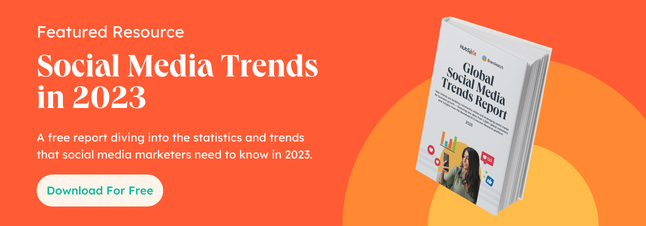
![Free Guide: How to Use AI in Content Marketing [Download Now]](https://i4lead.com/wp-content/uploads/2023/05/3e25e192-30c3-40c1-a7da-a4d054c9e157-15.png)
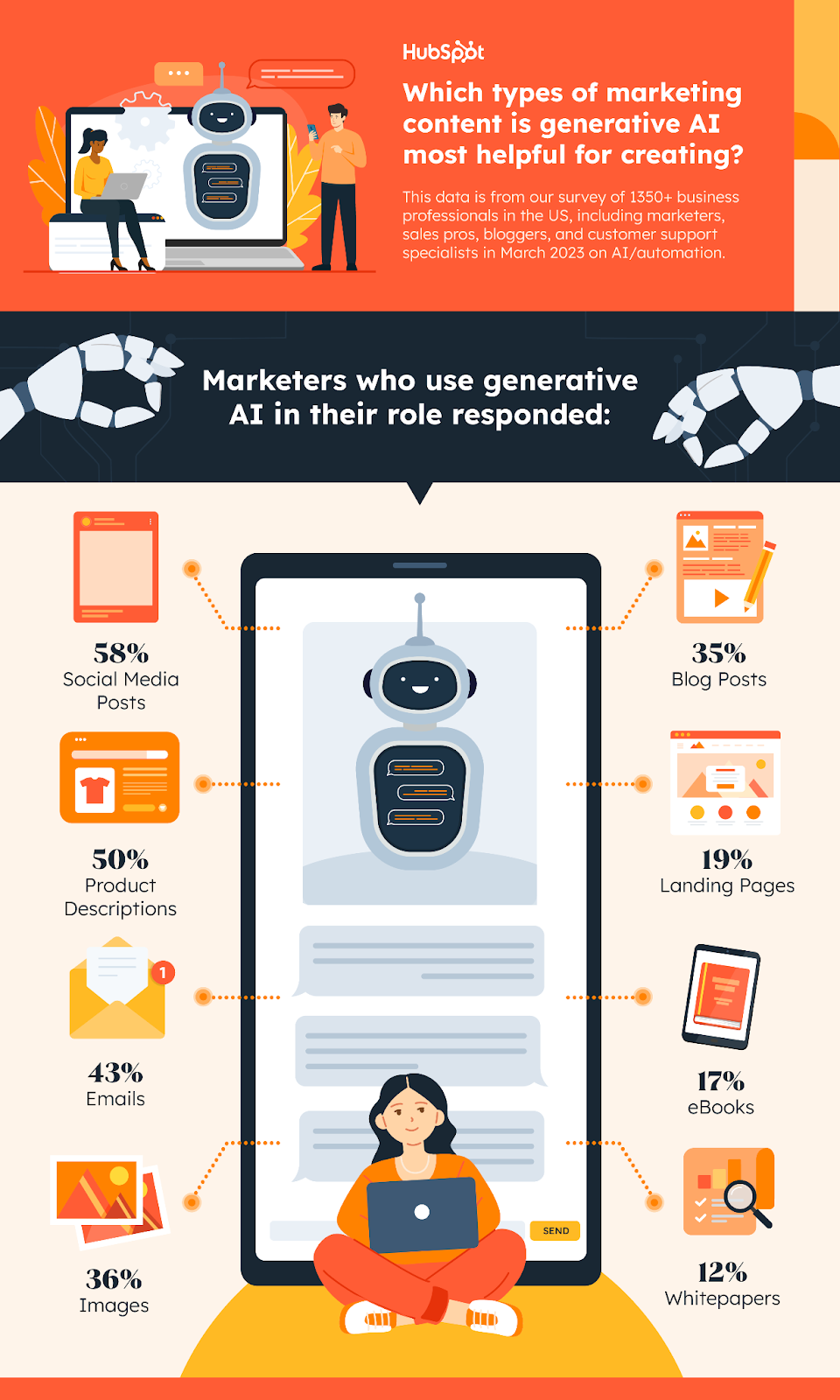
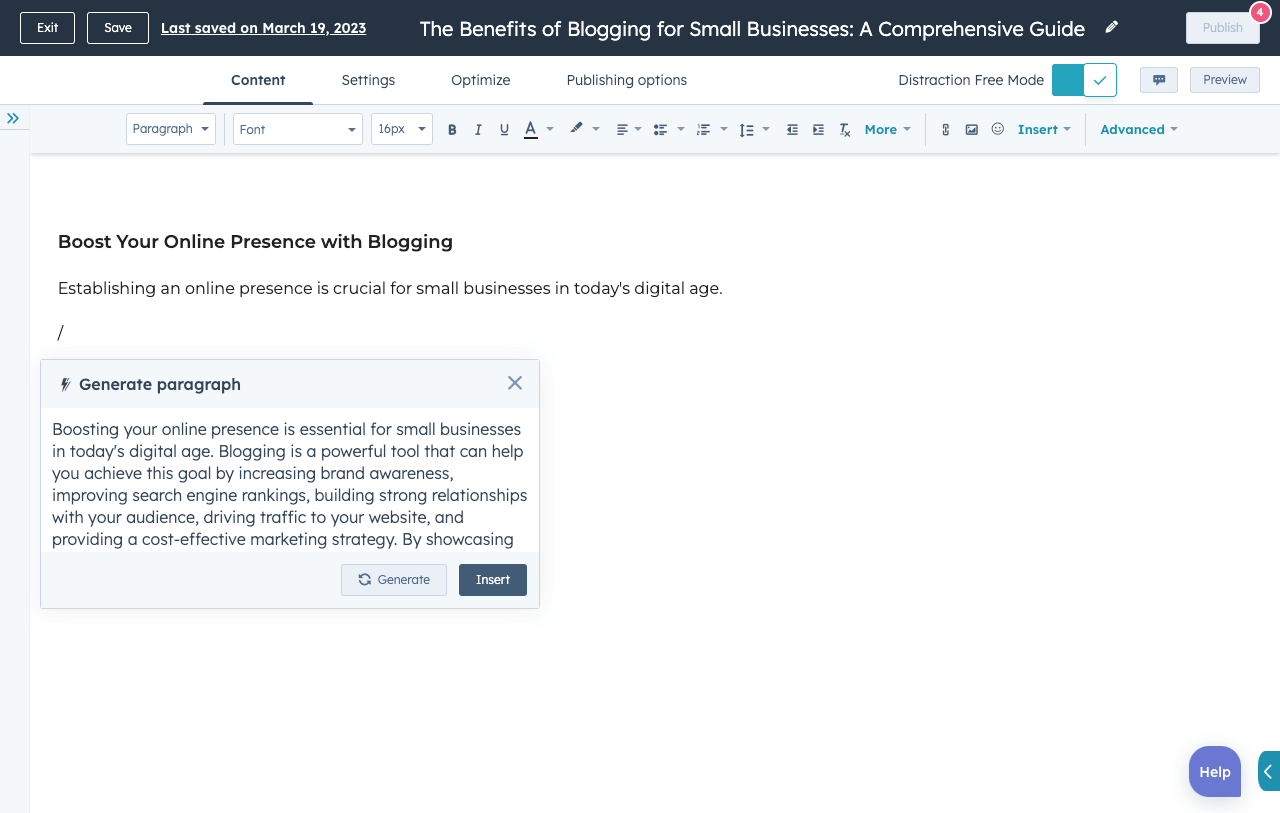

![Download Now: The 2023 State of Social Media Trends [Free Report]](https://i4lead.com/wp-content/uploads/2023/05/3dc1dfd9-2cb4-4498-8c57-19dbb5671820-4.png)
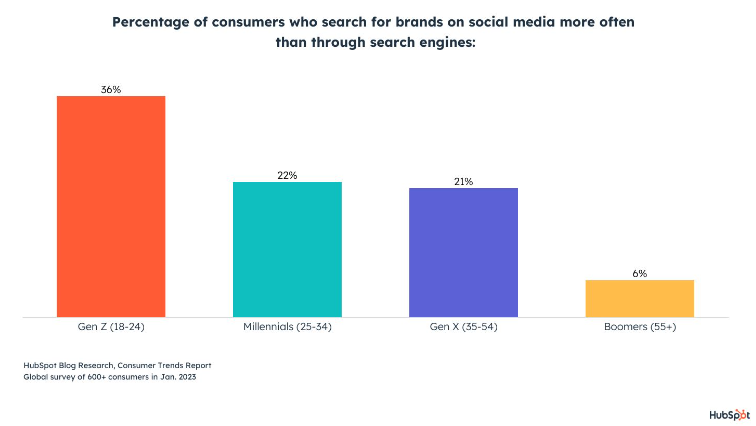

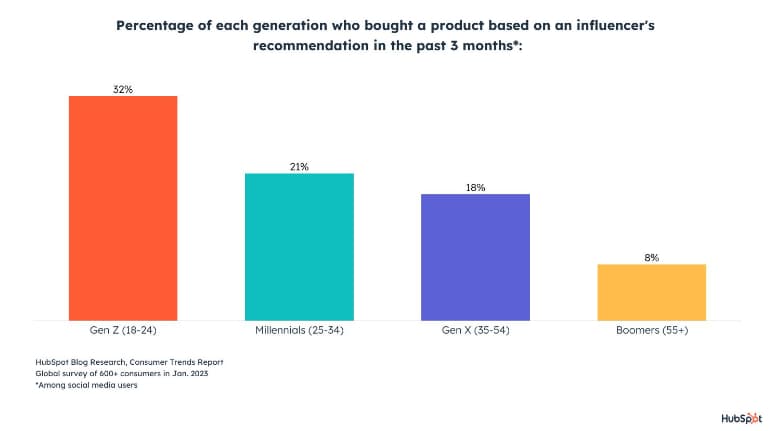
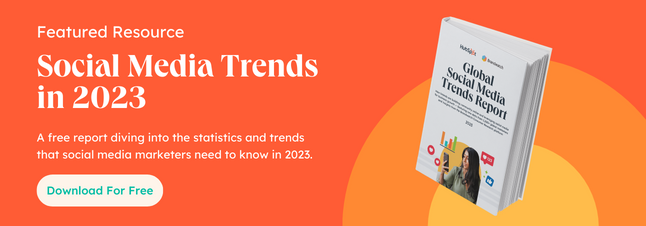
![Download Now: 150+ Content Creation Templates [Free Kit]](https://i4lead.com/wp-content/uploads/2023/05/5478fa12-4cc3-4140-ba96-bc103eeb873e.png)







![Download Now: Free Marketing Plan Template [Get Your Copy]](https://i4lead.com/wp-content/uploads/2023/05/aacfe6c7-71e6-4f49-979f-76099062afa0-2.png)






